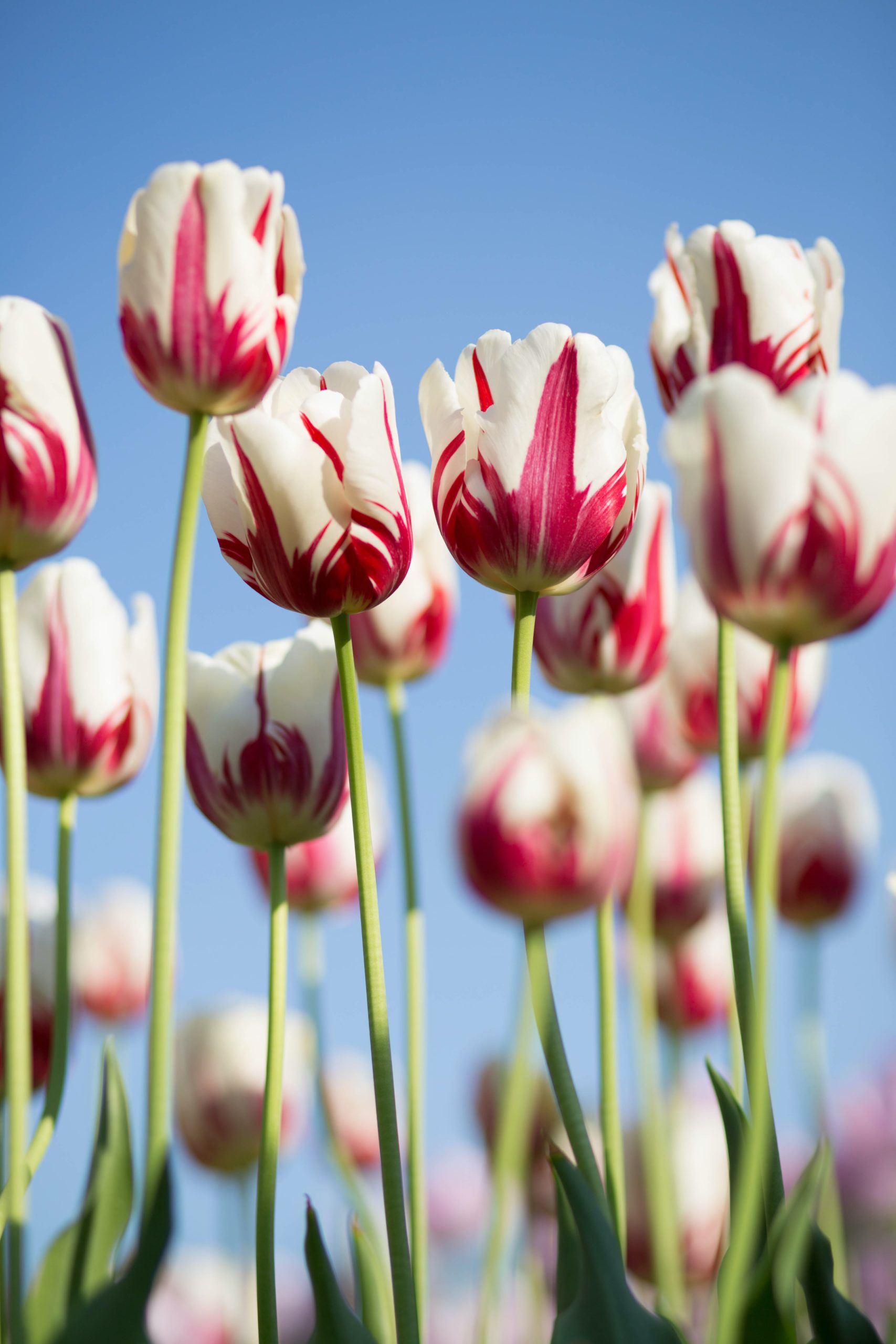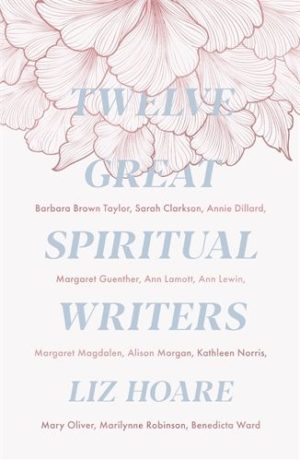



For many people trapped at home by the lockdown in 2020 the rediscovery of, or perhaps the first-time they have paid attention to, the natural world, has been a life-saver. We are reminded of our connectedness to nature and of the gifts it offers us every day. For many it has inspired gratitude and enjoyment as well as inspiring wonder. Twelve great spiritual writers includes a number of writers who revel in the natural world, some of whom are poets, while others consciously acknowledge the part played by the landscape in their spirituality that is conveyed in their writing. This study looks at the part played by creation in Christian spirituality through the eyes of two contributors to the book.
The study begins with thoughts about where we find God. For many people it is through the natural world and the first reading, Psalm 104, is one of the biblical testimonies to this. Poetry also inspires and Mary Oliver’s poetry is explored as a window into the wonder of the created world. Annie Dillard is another writer who bears witness to the natural world, urging us to pay attention to it. To end, we turn back to the Bible and to Proverbs for prayer, reflection and action points.
Whether it is in doing the laundry with Kathleen Norris, watching birds outside her sitting room window like Ann Lewin or using vivid imagery from the natural world like Alison Morgan, almost all the writers in Twelve great spiritual writers, help the reader to understand that spirituality must be earthed if it is to have any meaning and relevance. Spirituality is profoundly this-worldly and happens in concrete space and time. We are affected by the environment in which we live and the more we learn to ‘read’ it and find God in our immediate everyday circumstances, the more real our experience of God and God’s grace will become. Reading the Bible soon introduces us to its geography and the flora and fauna within the landscape. Biblical imagery is replete with the natural world. God is our rock, his voice is now like the sound of many waters, now like the whisper of a gentle breeze. Jesus constantly drew on pictures from everyday life and nature to teach his listeners about God and ever since, poets, writers and artists of all kinds have turned to creation to teach us to wonder and worship.
For many writers, including those in Twelve great spiritual writers, nature is often a character: the plains of Dakota in Kathleen Norris or Gilead in the novels of Marilynne Robinson. Barbara Brown Taylor wrote arrestingly in an altar in the world. Finding the sacred beneath our feet, (Canterbury Press, 2009) that ‘Earth is so thick with divine possibility that it is a wonder we can walk anywhere without cracking our shins on altars.’ (p15).
What do you notice about the place of human beings in creation as described by the psalmist?
The poet Mary Oliver did not set out to be a self-consciously Christian poet (she died in 2019), but her poems are shot through with whispers of transcendence that beckon the reader to pay attention. Mary believed that her vocation was to love the world and in loving it, she wrote about it to alert us to its wonder. One of her poems, ‘Messenger’ describes what matters to her in her work, ‘which is mostly standing still and learning to be astonished’. The poem goes on to say that her work is also ‘mostly rejoicing’ and then gratitude. Unlike some of the writers, Mary Oliver is not interested in telling us about herself, and was very private, though she gave public readings of her work. She said that she wanted the ‘I’ in her poems to be the reader so that we too are caught up in wonder along with her at the world around us. Every day Mary set out early in the morning with a notepad and pen and wrote as she walked.
Many people struggle with poetry, though during the lockdown many more discovered that it fed their hungry souls when little else did. Mary Oliver believed that poetry has the capacity to connect the mind with the heart. The great teachers of the Orthodox Tradition speak of prayer as ‘standing before God with the in mind in the heart’ and for Oliver, prayer is all about paying attention, which is also true for the way she approaches writing poetry. Another helpful similarity between poetry and prayer that reading Oliver highlights is that neither have to be about high and lofty subjects. It could be an iris that inspires us to pray, but it could just as well be a weed in a parking lot, says Oliver in her poem ‘Praying’.
If Mary Oliver believed her vocation was to love the world, Annie Dillard believes we have all been placed in this earth as witnesses. She writes that ‘Beauty and grace are performed whether or not we will or sense them. The least we can do is try to be there.’ (Pilgrim at Tinker creek, Harper’s Magazine Press, 1974, p5) Dillard is a much loved writer whose book Pilgrim at Tinker Creek could be regarded as a classic, read both by Christians and by people who profess no faith. Her writing is difficult to categorise, but nature features again and again in what she has to say. Her nature writing also shocks, however, because Dillard does not shy away from its rawness and at times, its brutality. Pilgrim, for example, opens with the description of Annie’s cat jumping through the window onto her chest in the middle of the night and depositing bloody paw prints all over her making her look as if she had been ‘painted with roses.’ In refusing to sentimentalise nature, she is also challenging us not to shrink God to our categories that fit easily into our comfort zones. In another book, Holy the firm, (Harper & Row, 1977) she relates a human tragedy that reflects on creation, suffering and redemption through the eyes of the artist, the thinker and the nun, refusing to avoid the agony and mystery of suffering involved. It is a deeply Christian book, though most of the Christian framework is implicit so that she tells the truth ‘slant’. Annie Dillard does not by-pass the mystery of life but she does not try to explain it either. Eugene Peterson described Dillard as ‘an exegete of creation’. Reading her emphasises the importance of praying with our eyes open, spiritually if not literally, bearing witness to God in God’s grandeur, majesty and wonder through the lens of creation.